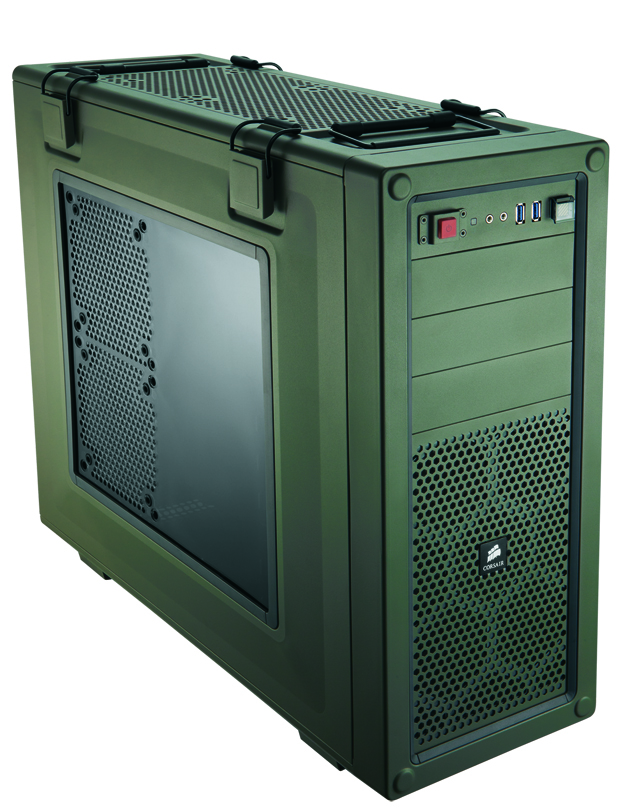When the original Crysis dropped six years ago, it quickly became the gold standard for visual splendor—and enthusiast agony. Gamers the world over fired up the demo, only to find their previously potent GPU coughing and sputtering. Thus began The Great Upgrade Rush of 2007, as we all upgraded just to play Crysis, and the game became the benchmark for PC gaming for years to come. Whenever a new GPU arrived, the first question on everyone’s mind was, "Will it run Crysis?" When Crysis 2 came along it was a console port, and somewhat scaled-back technologically. The environments were small by PC standards, and developer Crytek didn't expose advanced settings for us to mess with. With Crysis 3, though, Crytek has claimed it would make your PC its bitch, and we must say after benchmarking it that we agree; bitches will be made.
So, for this month's Build It, we set out to tame the beast by putting together a bang-for-the-buck Crysis 3 machine, settling the question of whether or not you need a $500 video card or CPU to run the game at 40-plus frames per second at 1080p. It sounds like a tall order, but we'll talk you through the build, explain all the choices we made, and what mistakes we almost made.
Let's Get Sorted
At Maximum PC, we get a steady trickle of $5,000-plus systems that would handle Crysis 3 just fine. But we won’t be using any of them for this project since it would be cheating. It would also be easy to go with a Core i5-3570K system, stuffed into a Z77 motherboard. That would perform well out-of-the-box, and the CPU is overclockable. There's just one problem: Haswell isn't available as this issue goes to press, and the Z77 chipset is about to be retired. Sure, it would last us a few years, but our upgrade options would be slim. Or we could go with an AMD build. Its FX CPUs look impressive on paper, but they have consistently fallen short of a 3570K in most of our benchmarks.The answer then, both for performance and longevity, appears to be X79, aka Socket LGA 2011. It takes the smokin’-fast Sandy Bridge-E CPUs (and Ivy Bridge-E CPUs, expected in late 2013). It also provides enough PCIe lanes to handle multiple GPUs without a bottleneck. With our socket chosen, we settled on the "entry-level" Core i7-3820 CPU for less than $300. We wanted Gigabyte’s GA-X79-UD3 mobo, for its combo of price, features, and build quality, but it was in short supply, so we tapped its big brother, the GA-X79-UP4, to act as a stunt double.
For the GPU, we picked an MSI GeForce GTX 670 Power Edition for its balance of performance, price, quiet operation, and features (Note: This is the video card we went with at time of print, but we now would recommend going with the GeForce GTX 770). AMD didn't have quite what we wanted for this build. We chose the Corsair Vengeance C70 for a case, and Cooler Master provided a snazzy Silent Pro M2 720w power supply. We loaded our OS and game files onto a Corsair Neutron GTX SSD, and cooled our CPU with an old standby after abandoning a more ambitious cooling plan.
via maximumpc











No comments